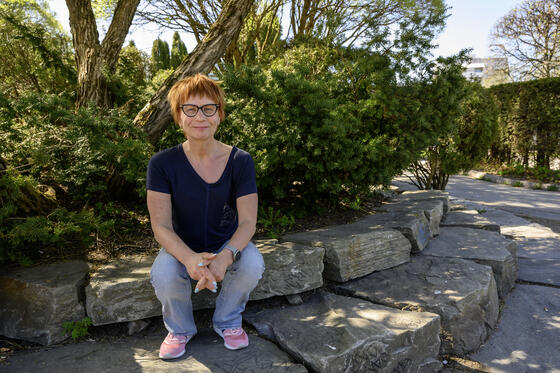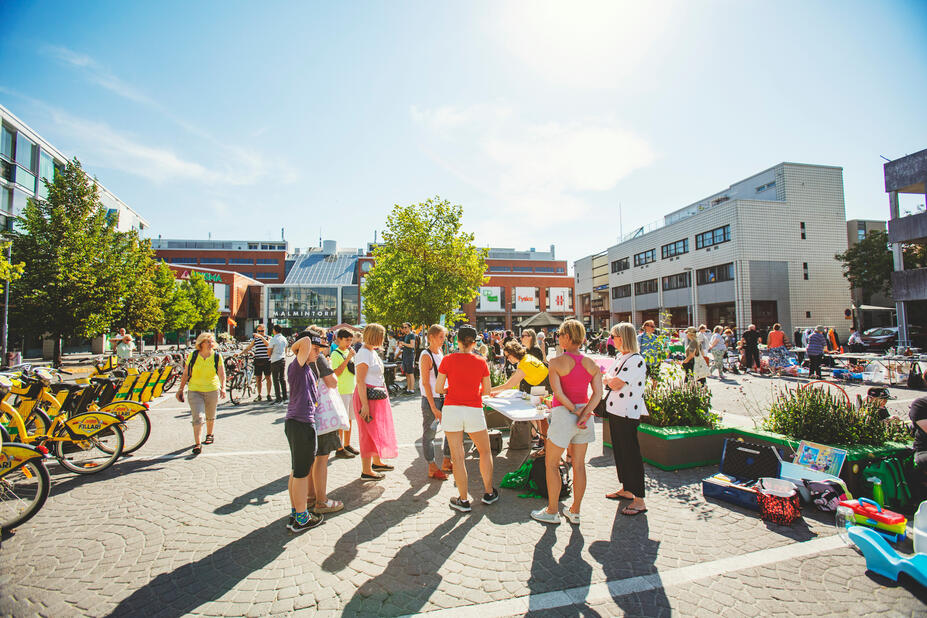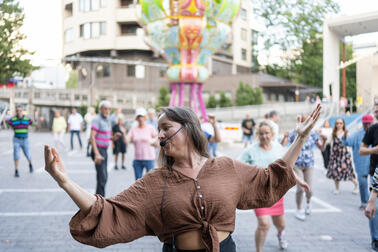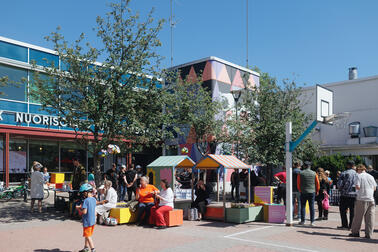Malmi has a strong identity
In a Borough Liaison’s work, the suburban regeneration means, among other things, that Kallansalo visits the area more often than usual and that Malmi's affairs take up a larger share of her working time than before. The suburban regeneration is also visible in the fact that cooperation with the city's various industries has intensified at Malmi.
The aim of the suburban regeneration is to increase and develop the participation of the areas’ residents, which is also an important part of the Borough Liaison’s work in other ways. Kallansalo says that she fervently reminds residents of the possibilities of participating. The results will be visible gradually as more and more residents join the common events and activities. In addition, residents get the feeling that people are genuinely interested in hearing out their ideas.
However, getting Malmi residents to talk has not been difficult previously either. According to Kallansalo, the residents of the area have a strong identity. Malmi is the centre of northeastern Helsinki. It is a transport hub as well as an area that brings together services to a compact area in a very comprehensive way – as if it were a city within a city.
-People are proud of Malmi, and their own hoods are well known.
Participation is supported by free meeting places, such as market squares and Malmitalo. In the suburban regeneration, they will all be repaired even better.
The renovation of Malmitalo will begin in the early 2030s. Malmitalo is dear and important to the residents of the area. The library is in very active use, and residents are welcome to participate in the planning of the house's programme. The repertoire includes films, children's events and jazz.
Active residents make the Borough Liaison’s work easier, but there is a strong desire to do things together and make Malmi an even better place to live in and enjoy.
-The Malmi network is very active. It brings together residents, organisations, businesses, the church and the city. For example, many people hear about projects in the area for the first time in the network meetings. Meeting memos are very widespread.
Another type of model that improves participation is the Malmi Coffee event. These coffee meetings deal with issues raised by residents and organisations. The city representatives will listen to and discuss the issues that may arise. Their task is to convey the voices of the Malmi people.
According to Kallansalo, the team spirit supports the further development of the urban reform, but the joint events have also provided ideas that can be implemented right away. At the end of May, there was a community cleaning campaign with flea markets. The giant Christmas tree desired by the residents will be delivered to their own market square by Christmas.
-Construction and renovation take time. There is also a need for small projects that can be done quickly. They help people see that their own actions and ideas matter.
Kallansalo thinks that realism must be kept in mind when planning and implementing reforms and ideas. Work and implementations always have their price tag. It is therefore important that residents are also provided with financial information. The OmaStadi service for participatory budgeting has been very helpful here.
Text: Kirsi Riipinen




